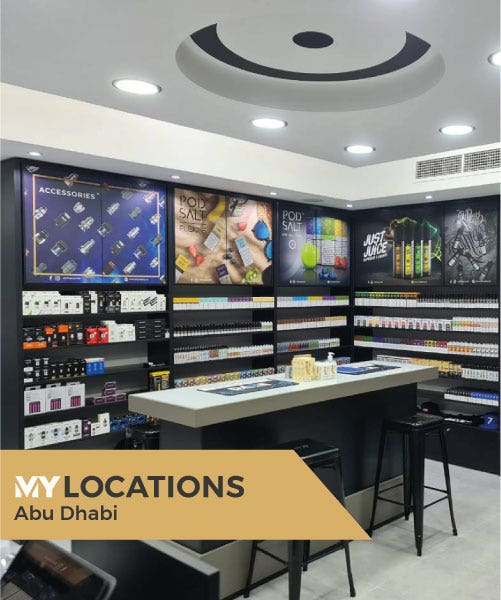
While vaping is often considered a less harmful alternative to traditional smoking, it’s essential to be aware of allergic reactions that can arise from the various components in e-cigarette Abu Dhabi and vape juices. Understanding what to be mindful of in the realm of vaping and allergies is crucial for individuals seeking a safe and enjoyable vaping experience.
Identifying allergens in e-liquids
Vape juices typically consist of a combination of ingredients, including propylene glycol (PG), vegetable glycerin (VG), flavorings, and nicotine. Some individuals may be sensitive or allergic to specific components. It’s essential to carefully examine the ingredients list on e-liquid bottles and be aware of any known allergens.
Propylene glycol (PG) sensitivity
PG is a common base in e-liquids known for its ability to carry flavor effectively. However, some individuals may experience sensitivity or allergies to PG, resulting in symptoms such as throat irritation, nausea, or skin rashes. Those prone to PG sensitivity may choose e-liquids with higher VG content or opt for PG-free alternatives.
Vegetable glycerin (VG) sensitivity
While less common than PG sensitivity, some individuals may be sensitive to VG. VG is responsible for vapor production and is generally considered safe. However, those experiencing symptoms like respiratory discomfort or skin reactions may consider e-liquids with a higher PG ratio or explore alternative bases.
Flavoring allergies
Flavorings in e-liquids can also be allergens. Individuals with known sensitivities or allergies to specific food ingredients may need to exercise caution and opt for e-liquids with simple or natural flavors. Additionally, choosing e-liquids with transparent labeling can help identify allergens.
Nicotine allergies
While rare, some individuals may experience allergies to nicotine. Symptoms can range from mild, such as headaches or dizziness, to more severe reactions. It’s crucial for individuals who suspect nicotine allergies to consult with healthcare professionals and, if needed, explore nicotine-free vaping options.
Patch testing new e-liquids
Before fully committing to a new e-liquid, especially if you have a history of allergies, consider patch testing. Apply a small amount of the e-liquid on a small area of your skin and observe for any adverse reactions. This precautionary measure can help prevent allergic responses when inhaling the vapor.

